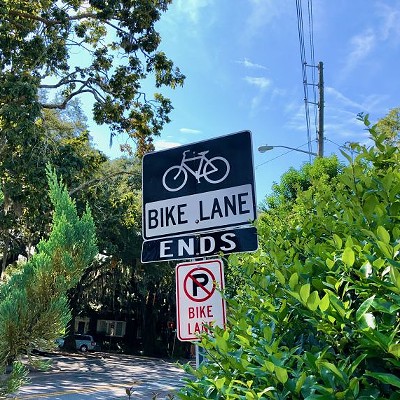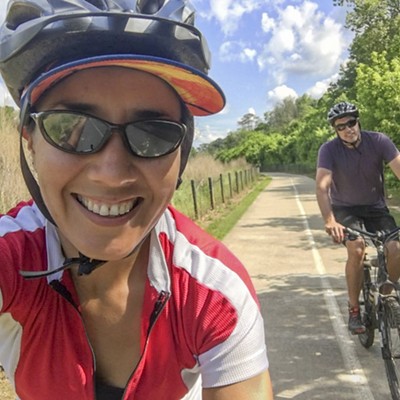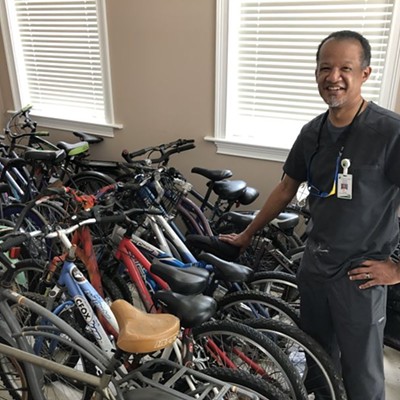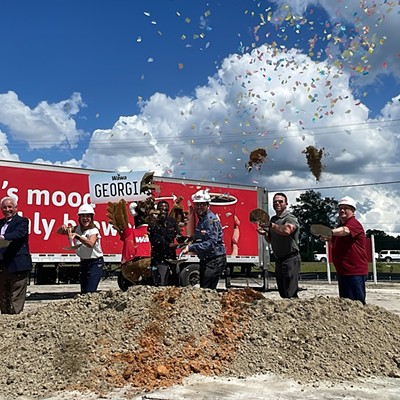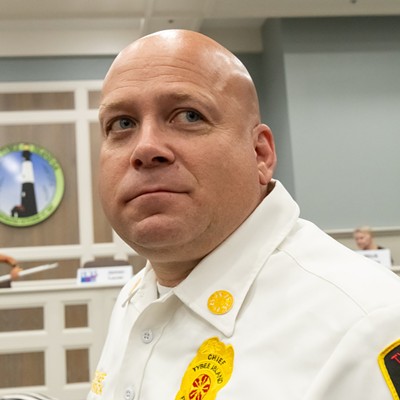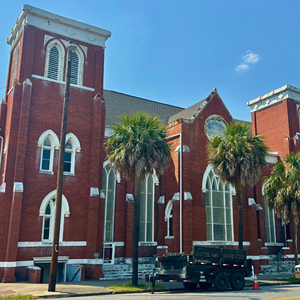ROBERT FRISTOE, 63, was seriously injured at the corner of Oglethorpe Avenue and Martin Luther King Jr. Boulevard in the early morning hours of Jan. 28. He was transported to Memorial Medical Center where he died as a result of his injuries.
Georgia Bikes, an advocacy organization based in Athens with staff in Atlanta and Savannah, confirmed Fristoe was the first person killed while riding a bike in our state in 2019.
Also last week, at least two people were hit while trying to cross streets in Savannah. The first occurred on Jan. 27.
“Around 4:30 p.m. Saul Huerta was crossing from east to west at White Bluff Road near Montgomery Crossroad. At the same time, a Ford Focus driven by Imani Roper, 22, of Savannah, was driving on westbound Montgomery Crossroad when she attempted to turn north onto White Bluff Road, striking Huerta,” according to a Savannah Police news release. Huerta was transported to Memorial Medical Center with life-threatening injuries.
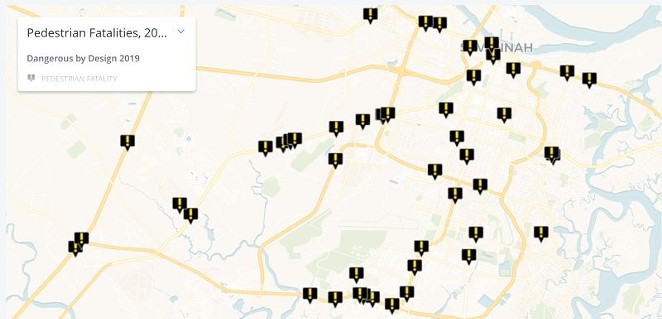
The next occurred on Jan. 29. “At around 8:20 p.m., Tammy Hafer, 22, of Savannah, was traveling in a Ford Raptor west in the center lane of Abercorn Street. As she approached the area of Idlewood Drive, a pedestrian, later identified as Joel Holden of Alpharetta, tried to cross the road in front of Hafer’s vehicle. Hafer could not avoid Holden and struck him. Holden was transported to the hospital in serious condition.”
Media releases issued by the police department after traffic crashes often end with this phrase: “The TIU continues to investigate this crash.” It’s exceedingly rare, however, that the public learns additional details revealed by traffic crash investigations.
The Traffic Investigation Unit does not conceal its findings, of course. By the time investigations are completed, the news cycle and public attention have moved on. The initial police news releases are in most cases the only coverage crashes receive.
As a result, we don’t often find out if the drivers involved were speeding, distracted, or impaired. Instead, the behavior of people who were riding bikes or walking becomes the focus of reporting.
According to researchers at Rutgers, Arizona State and Texas A&M, these details are “counterfactual” and imply that vulnerable road users, “would not have been hit if they had acted differently, for example stating that the victim was wearing dark clothing or crossing outside a crosswalk. This, along with other common practices in crash reporting, shifts blame to victims.”
Their study, “Editorial Patterns in Bicyclist and Pedestrian Crash Reporting” was released late last year and includes among its findings:
“In grammatical choices and by selectively including some bits of information but not others, local news coverage subtly, but consistently, blames vulnerable road users for crashes. For example, stating that a victim was outside a crosswalk but omitting that the nearest crosswalk was over half a mile away paints the victim as negligent. Further, news coverage misconstrues the nature of the problem. Rather than addressing commonalities between crashes, coverage almost always treats crashes as isolated incidents, obscuring systematic solutions.”
Yet if you look at an interactive map of where people are killed while walking in Savannah between 2007 and 2018, a pattern of commonality instantly emerges. The map is part of “Dangerous Design 2019,” a report published by Smart Growth America, which ranks states and metropolitan areas around the country using a “Pedestrian Danger Index”, or PDI.
This index measures how deadly it is for people to walk based on the number of people struck and killed by drivers while walking.
The report notes a 35 percent increase in pedestrian fatalities nationwide over the last decade and identifies a cause:
“This is happening because our streets, which we designed for the movement of vehicles, have not changed. In fact, we are continuing to design streets that are dangerous for all people. Furthermore, federal and state policies, standards, and funding mechanisms still produce roads that prioritize high speeds for cars over safety for all people.”
Using the interactive map on the Smart Growth America website, it is easy to see that just three streets account for a significant portion of fatalities in Savannah: Abercorn Extension, Ogeechee Road, and Bay/Presidents Street. What do they have in common? Multiple lanes and high motor vehicle speeds.
That these streets are hazardous to people who walk and ride bikes is not a secret and this leads, perhaps, to the cruelest form of victim-blaming.
We scold people for putting themselves in danger by walking or biking on streets we would never choose to use outside of a car, yet fail to recognize that many people do not have that choice.
If they want to get to work on time or bring groceries home from the store, they must walk or bike on streets that are Dangerous by Design.


